Jolla and SailfishOS
QiTOH Update
The final decision is made!
See QiTOH (4) for the winner.
QiTOH - Part 1
Finally it seems, that the industry decided for a single standard, right from the beginning.
More and more devices are equiped with wireless power supply receivers that confirm to the Qi standard of the Wireless Power Consortium.
Seems to be time to work on our own CHEE (that's how you pronounce it, according to [Wikipedia]).
So, here is the goal:
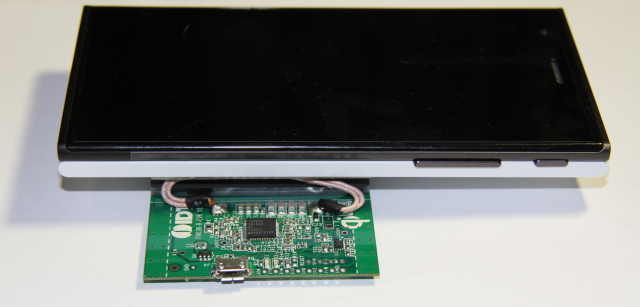
Feeling the wave
First we need some toys to play with:
- Qi compliant Transmitter
- Qi compliant Receiver
These days many manufactures produce specialized ICs for Qi transmitters and receivers and provide Reference and Evaluation Kits to promote there products. Pick your favorite electronic supplier. I'm sure they sell some.
I got mine from DigiKey.
Mano's solution shows another approach.
Qi Transmitter
For the transmitting side I choose IDT's P9038 Reference and Evaluation Kit.
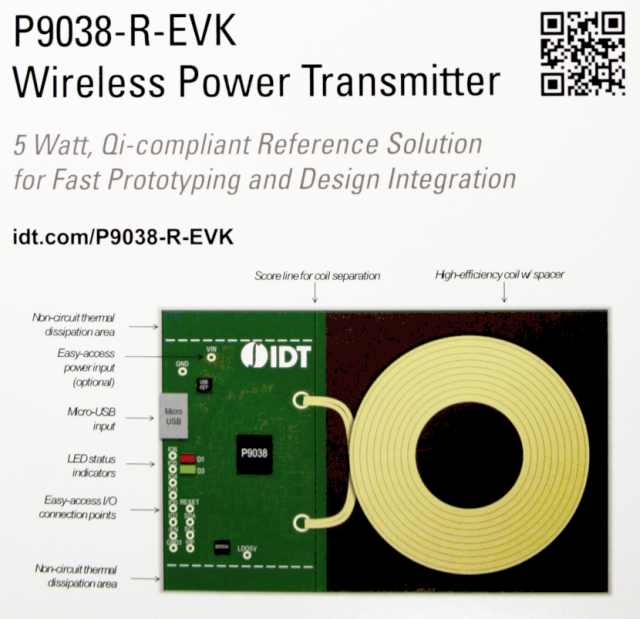 IDT P9038 Referenc and Evaluation Kit
IDT P9038 Referenc and Evaluation Kit
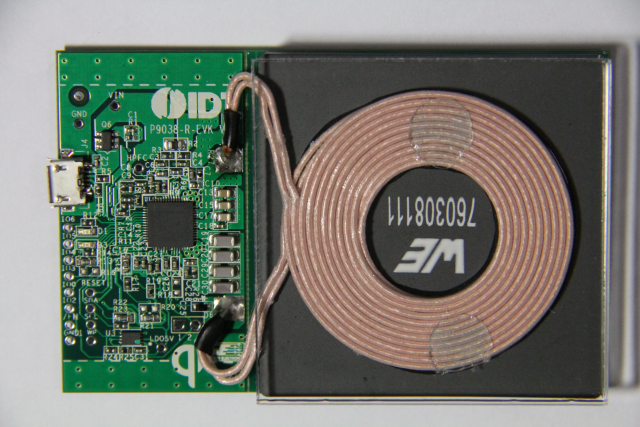
On one side it has an entry level price. On the other side it is a serious enough kit, not to be stucked with some crap, if I ever decide to do some tinkering on my own also on the transmitter side.
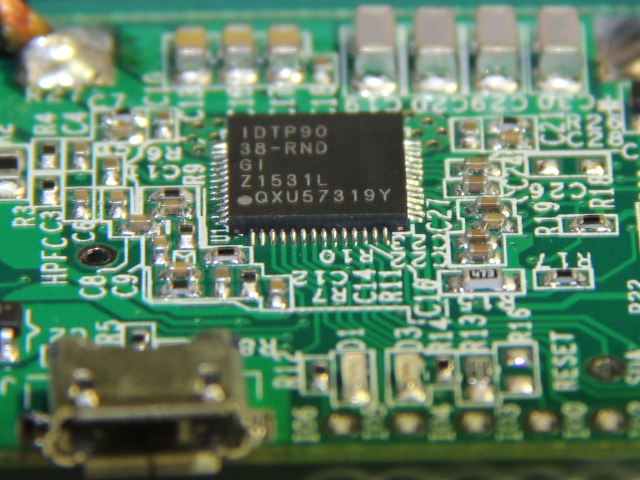
The chip on board is IDT's P9038. According to the datasheet it should be able to provide up to 8W. At 5V that would be 1600mA, more than enough for Jolla's external 5V port specification of 1000mA.
A nice to have feature is, it uses the same USB port as the Jolla. So you don't need yet another power supply. Well, or maybe you do.
Qi Receiver
For the receiving side I opted for two different modules:
TDI P9025AC
The first one is a matching recevier kit from IDT
 IDT P9025AC Referenc and Evaluation Kit
IDT P9025AC Referenc and Evaluation Kit
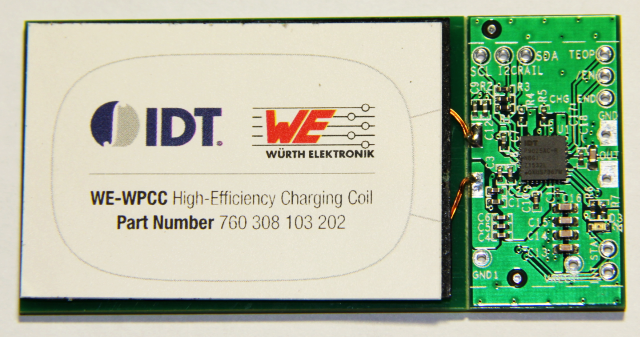
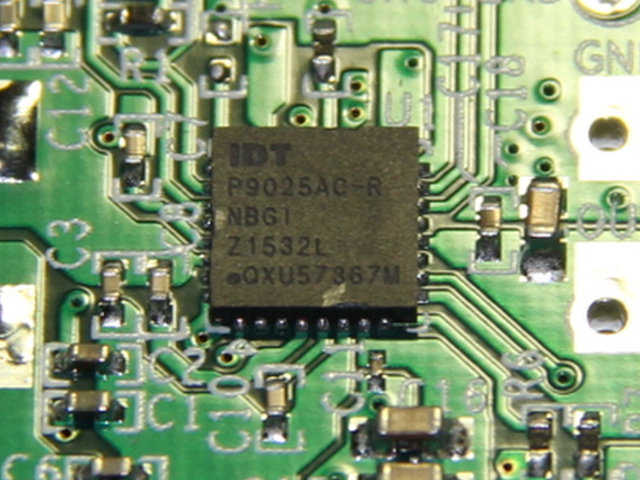
- It also is not very expensive and should provide a solid base for further experimentation.
- The chip is IDT's P9025AC.
- At least that one should work with the transmitter.
Yes, in theory all Qi transmitters and receivers of all manufacturers should work together. That is what we have the standard for, right?
Well, if you are in the industry long enough, you eventually find out, that only in theory there is no difference between theory and reality. No matter the standards.
Texas Instruments BQ51013B
The second kit is originally from Adafruit, but I also got mine at DigiKey.
The module is half the price of the IDT receiver kit, but the difference in quality shows, that it is clearly made for a different task.
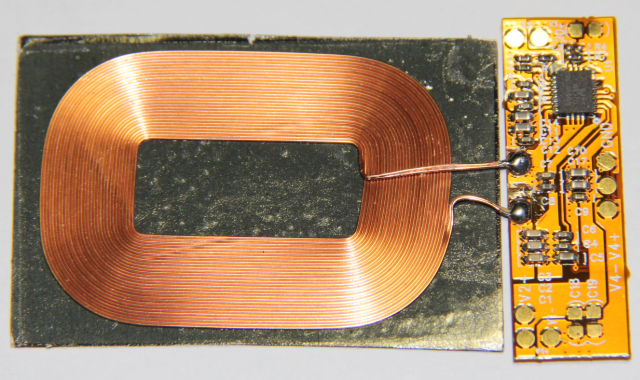
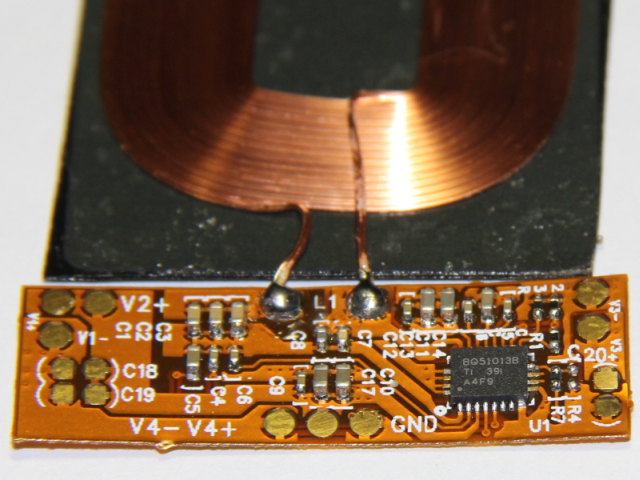
The chip on board is TI's BQ51013B. According to the datasheet it should be able to provide up to 5W. At 5V that would be 1000mA, exactly the limit of Jolla's external 5V port specification.
What I really like is the very thin PCB the electronic sits on. I wonder who made them the PCB.
I know that Adafruit now sells this Pyralux based flexible PCB material. But this board looks different. Also it is double sided. Anyway...
Which one?
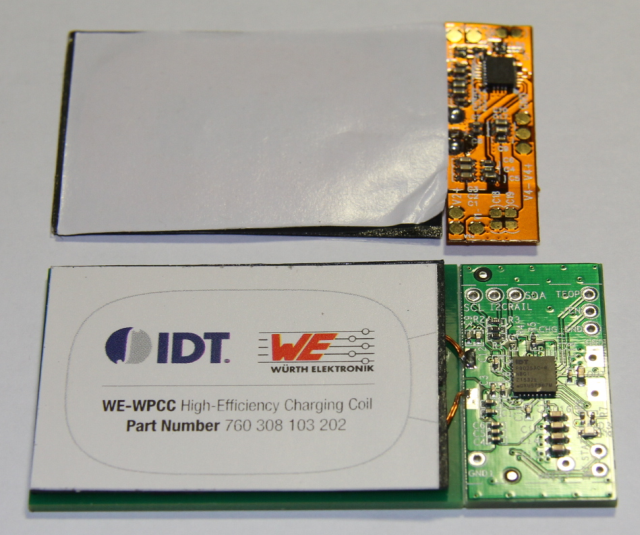
I also don't know yet!
- If you just look at the price difference of the two chips, TI's BQ51013B is about 9% cheeper than the IDT P9025AC (at the time of writing).
On the other hand:
- While the BQ51013B is good for 5W, the P9025AC is good for 6W.
- So, at least in theory and comparing only the chip specifications, with the IDT solution you can get 20% more power for 10% more money.
but
- The ultra thin design and the price of the Adafruit circuit (close to the chip price alone), screems Take ME!
Let's see and tinker around with the new toys a little first.